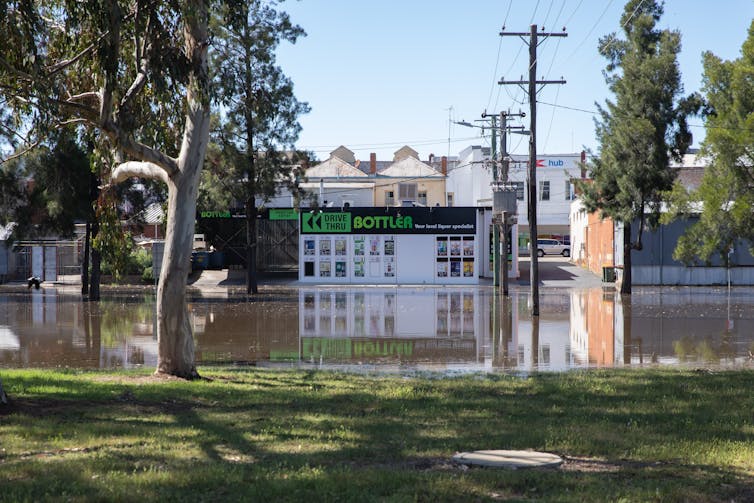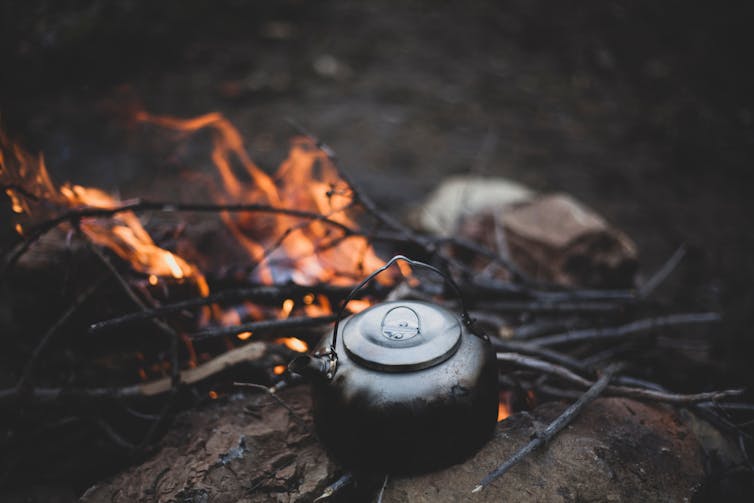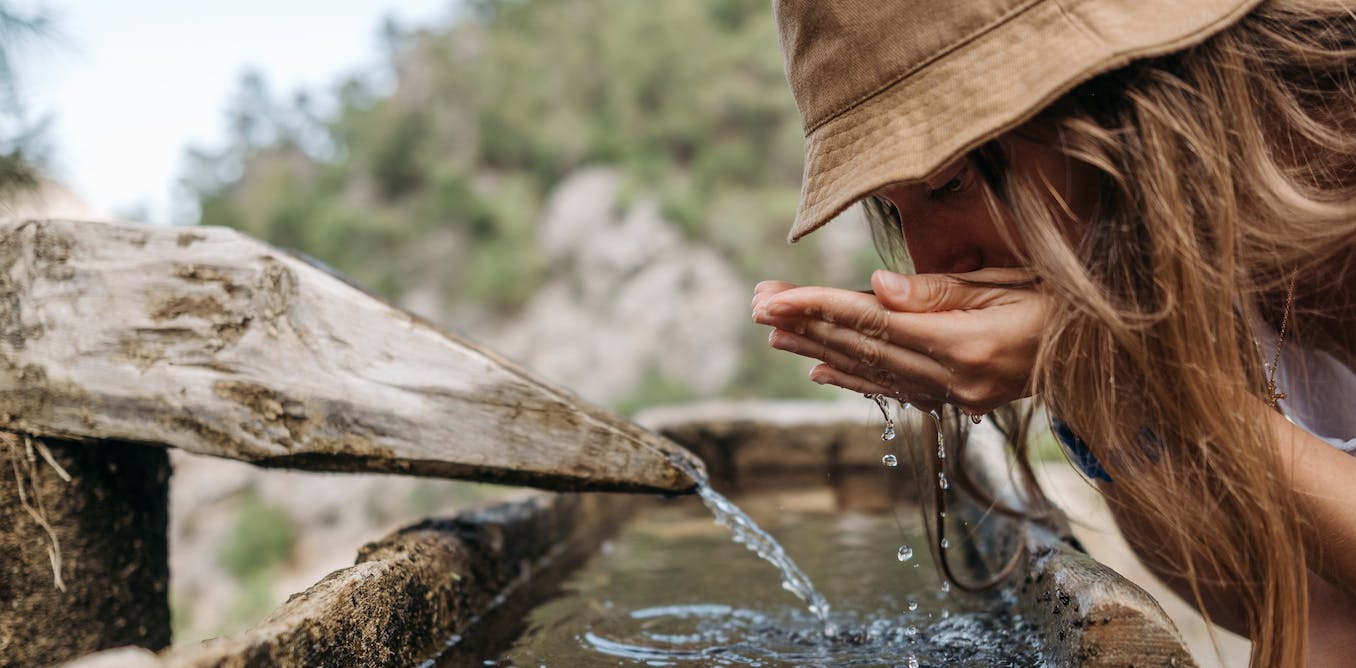Australians are fortunate to have access to safe and healthy drinking water in our towns and cities, which is acknowledged as a basic human need globally. Sadly, the World Health Organization estimates about 2 billion people across the world are not so lucky.
Drinking water is important for our health, but water-borne diseases are a common cause of illness. Avoiding water-borne illnesses is particularly important for people with weakened immune systems, or for the very young or aged. Many people travelling around Australia over the summer holidays might wonder if it is still safe to drink the water when they are far from home.
This is a particularly important question this year. After months of very heavy rain across much of eastern Australia, flooding has contaminated many rivers and waterways.
Is taste an indication of water quality? And are they some places where you should avoid the tap water altogether?
Waterways and alerts
The flooded waterways are the water supply for many regional towns. Poor quality water has made their job of supplying clean and healthy water much more difficult.
In some cases, contamination from flood waters has entered town water treatment and supply systems. Even Sydney’s giant water supply reservoir, Warragamba Dam, has limited clean water available due to the inflow of poor quality water from a catchment still impacted from bushfires of two summers ago.
As a consequence of flooding, many regional water authorities in Victoria and New South Wales have declared “boil water alerts” at various times this year. Most have now been lifted.
At the time of writing, there are still four alerts active in NSW (Eugowra, Narranderra, Forbes and nearby small towns). The Victorian town of Echuca issued a boil water alert in October, since lifted, after stormwater entered its water system.
The Australian Drinking Water Guidelines set the standard for all states and territories.
If you are travelling to a town that has been affected by flooding, you should check with your accommodation provider to see if any boil water alerts are active.
You can also check with the local water authority. In many cases this is the local council. The NSW Health Ministry lists water alerts and incidents.

AAP Image/Rebecca Bennett
Drinking water can be a dangerous cocktail for people in flood areas
Going bush?
But what if you are travelling or camping in a more remote area and are planning to drink from a local stream or an isolated water supply? You might be taking an unnecessary risk if you drink local water without precautions.
If you can’t be certain of the water quality, it is probably best to drink bottled or boiled water. Other water treatment options include chemical disinfection or filtration, but these can be quite complex and technical. Testing water yourself is also difficult and expensive.
If you boil water, it needs to be a “rolling boil” with big bubbles erupting on the surface. Let it bubble for or at least a minute and store cooled water in a closed container.

Unsplash, CC BY
Mozzies are everywhere right now – including giant ones and those that make us sick. Here’s what you need to know
Tasting notes
If you do drink water from an untreated water supply, your senses can give some clues to its safety and quality. Does the water appear clean? Does it smell OK? Is there any cloudiness, discolouration or anything floating or suspended in the water? These signs don’t always mean water is unsafe to drink, but can be an indicator of poor water quality.
That said, water tastes different in different locations around Australia and it might not taste like what you’re used to. Every year the Australian water industry holds a competition to judge Australia’s best-tasting water. This year Casino, in northern NSW took the top prize.
A common complaint from travellers is the smell of chlorine (or perhaps more accurately chloramines) in town water. These are a family of chlorine compounds added in low doses to water to kill any disease causing microorganisms in water supply systems. These compounds can be reduced to taste by boiling or by using a commercial water filter.
It’s natural to want to feed wildlife after disasters. But it may not help
And don’t swim in it either
Flooding continues to affect many rivers and communities. Flood waters are working their way down river systems. South Australia is currently affected by flooding of the Murray River, with SES warning of a bigger flood peak later in December.
Even if a flooded river looks inviting for a cooling swim this summer, don’t swim in it. Apart from the drowning risk, or entanglement with debris, medical advice is to avoid contact with flood waters as they are highly contaminated with disease-causing organisms, including from sewerage overflows.
Even if you’re not drinking it, you don’t want to accidentally ingest this dangerous cocktail.




